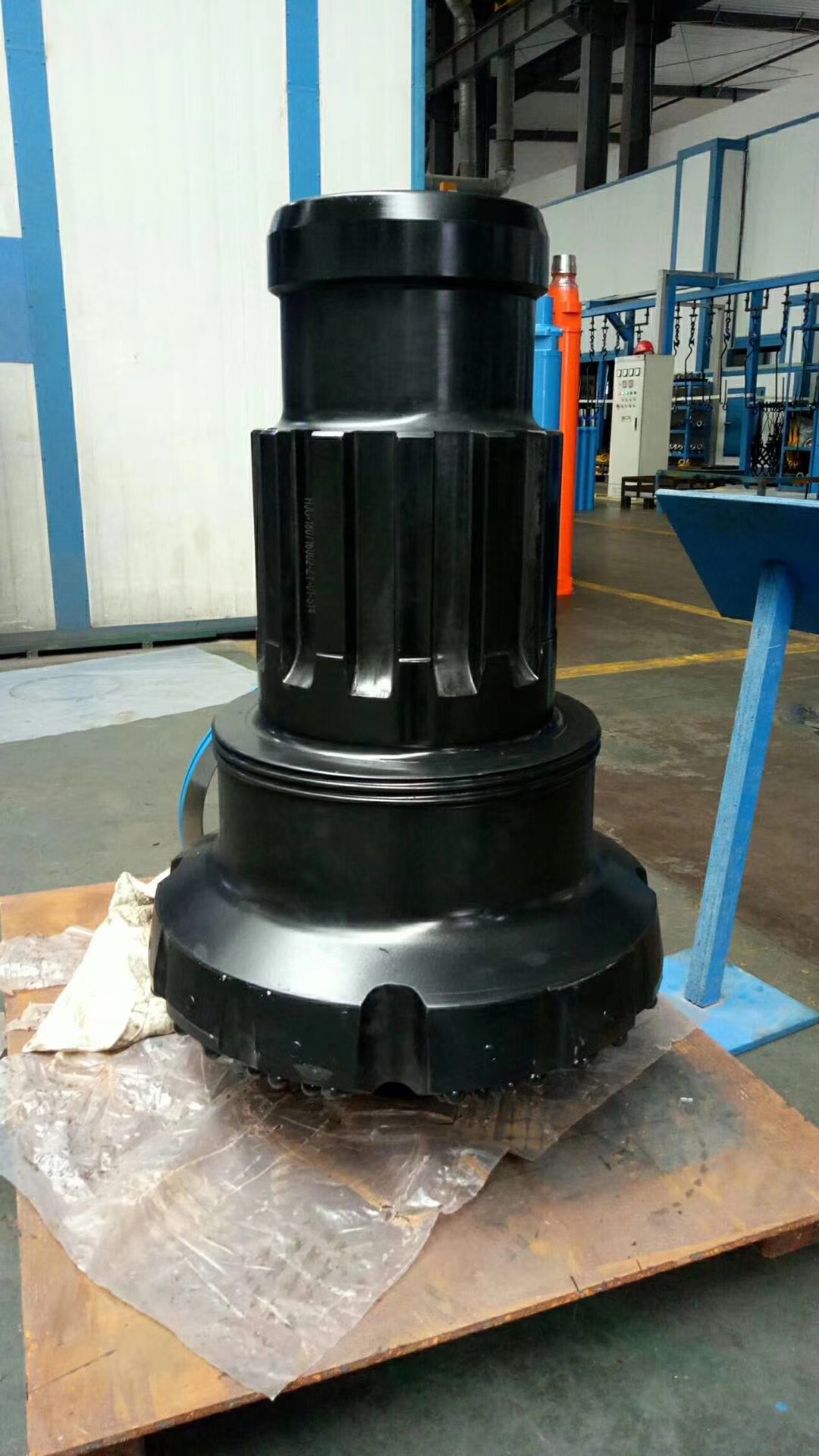Drill Bit Selection for Different Formations in Drilling Rigs
When dealing with soft formations, such as clay, shale, or unconsolidated sand, a PDC bit is often an excellent choice. PDC bits with their sharp diamond – tipped blades can quickly shear through these soft materials, resulting in high drilling speeds. The self – sharpening nature of PDC bits also means that they maintain their cutting efficiency over a relatively long period. Byvoorbeeld, in a shale – dominated formation, a PDC bit can drill at a much faster rate compared to other types of bits, reducing the overall drilling time and cost.
In medium – hard formations, like limestone or some types of sandstone, a combination of PDC bits and roller cone bits can be considered. Roller cone bits with tungsten carbide inserts can effectively break the rock by crushing and fracturing it. The inserts are durable enough to withstand the abrasion from the medium – hard rock. PDC bits can also perform well in these formations, especially if the rock has some softer interlayers. The choice between the two may depend on factors such as the specific composition of the formation, the presence of any hard inclusions, and the drilling cost constraints.
Hard and abrasive formations, such as granite or quartzite, pose a greater challenge. For these formations, diamond – impregnated bits or roller cone bits with a high – density of tungsten carbide inserts are often used. Diamond – impregnated bits, as mentioned earlier, have diamond particles throughout the bit body. These bits can gradually wear away the hard rock as the diamond particles continuously expose new cutting edges. Roller cone bits with a large number of tungsten carbide inserts can also withstand the high forces required to break through hard rock. The teeth on these bits are designed to be extremely durable to resist the abrasion from the hard and abrasive formation.
In formations with a high degree of variability, such as those with alternating layers of soft and hard rocks, a hybrid bit may be the best option. Hybrid bits combine features of different bit types, such as having both diamond – tipped cutting elements and roller cones. This allows the bit to adapt to the changing rock properties within the formation. Byvoorbeeld, when drilling through a formation with alternating layers of shale and sandstone, a hybrid bit can use its diamond – tipped elements to quickly drill through the shale and then rely on the roller cones to break through the harder sandstone layers.

 Bangxin-boortuig
Bangxin-boortuig